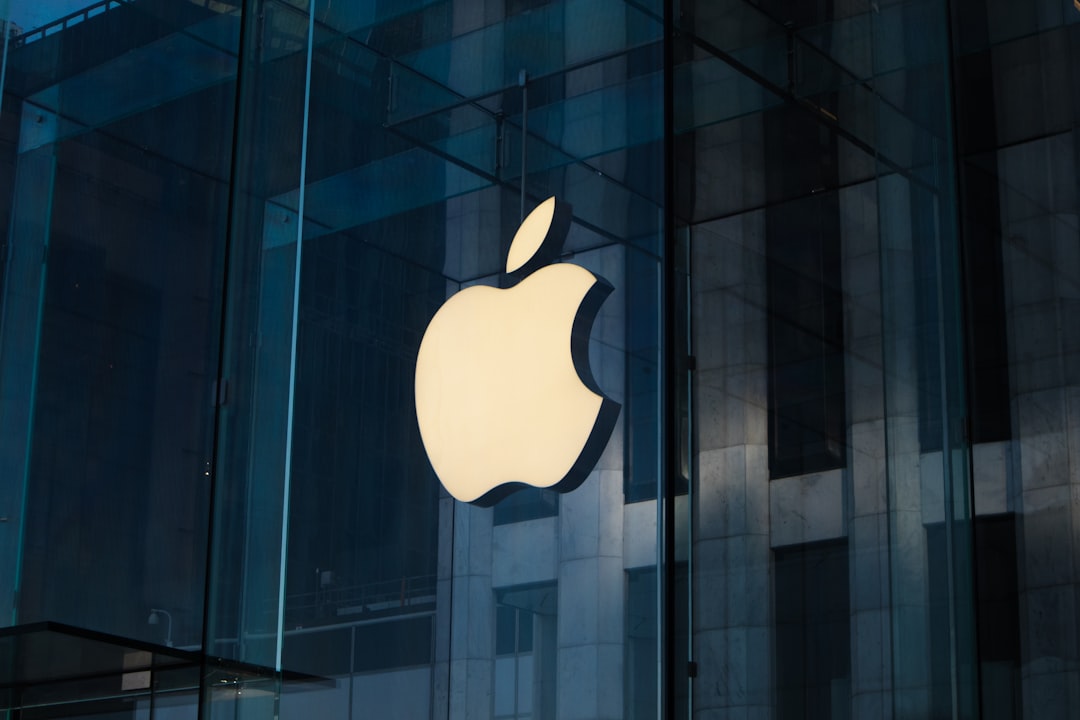
As tensions rise over U.S. trade policy, Apple Inc. (NASDAQ:AAPL) is reportedly accelerating efforts to move iPhone production from China to India. The move, aimed at shielding the company from potential U.S. tariffs under the Trump administration, has grabbed headlines—but analysts say the plan may be far more ambitious than feasible.
$2 Billion in Indian Exports—But at What Scale?
According to late March export data, Apple shipped approximately $2 billion worth of iPhones from India to the U.S., equal to roughly four million units. That may sound significant, but it barely scratches the surface of Apple’s U.S. sales. In 2024 alone, Apple sold an estimated 65 million iPhones domestically, with nearly 60% of them being Pro or Pro Max models.
Currently, just 15% of iPhones are assembled in India, mostly limited to lower-end variants like the base and Plus models. Scaling Indian production of premium models—such as the iPhone 15 Pro Max, with its titanium frame, triple-lens camera, and larger battery—presents serious operational and supply chain challenges.
Jefferies analysts wrote: “Ramping up Pro/Pro Max production from zero to ~40 million units in two years is a tall order.”
Technology Meets Trade War: Can AI Close the Gap?
Apple has invested in automation, robotics, and supplier diversification to reduce dependence on China. But replicating the precision assembly processes required for high-end iPhones outside China is no small feat.
Analysts also note the potential introduction of a foldable iPhone in 2026 could strain India’s production capacity even further, due to its assembly complexity.
Financial Risk: Margin Compression Likely
If Apple fails to produce Pro variants in India at scale, it may have to either absorb higher tariffs on China-made devices or pass costs on to consumers. Both options could hurt margins or erode demand.
To evaluate Apple’s recent profitability and cost trends, you can inspect key financial metrics such as gross margin and return on equity using Financial Modeling Prep’s official Company Key Metrics API.
For Apple: This endpoint provides access to crucial metrics that shed light on how well Apple is managing costs and maintaining profitability amid these shifts.
Tariff Loopholes? Not So Fast
Jefferies highlights another hurdle: preferential tariff treatment from the U.S. for India is far from guaranteed. Unless Apple secures a formal exemption or trade agreement that ensures low or zero reciprocal tariffs, the cost advantage of moving manufacturing to India may evaporate.
Strategic Shift or PR Play?
Apple’s move may be as much about signaling resilience as it is about actual production volume. The company could be attempting to front-load production to stay ahead of tariff hikes, a strategy also seen across consumer electronics sectors.
But make no mistake: with just 15% of iPhones currently assembled in India, and zero Pro/Pro Max production to date, the road to full-scale diversification is steep.
Final Word
Apple’s India manufacturing play is a bold move underpinned by long-term strategy. But in the short term, it’s more illusion than insulation against tariffs. The real test will come if U.S.-China tensions escalate—and whether India can truly match China’s manufacturing prowess at the scale Apple needs.

